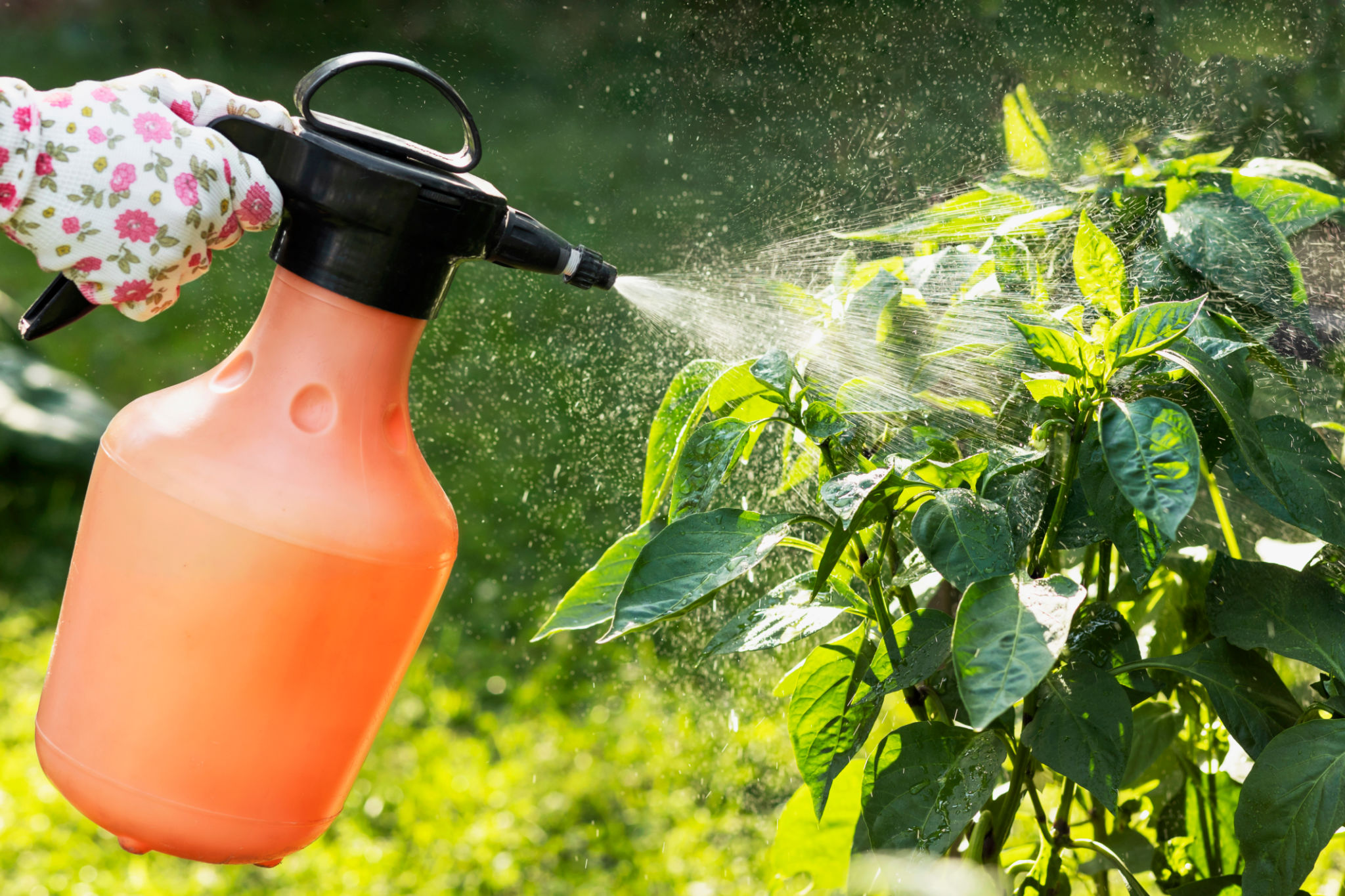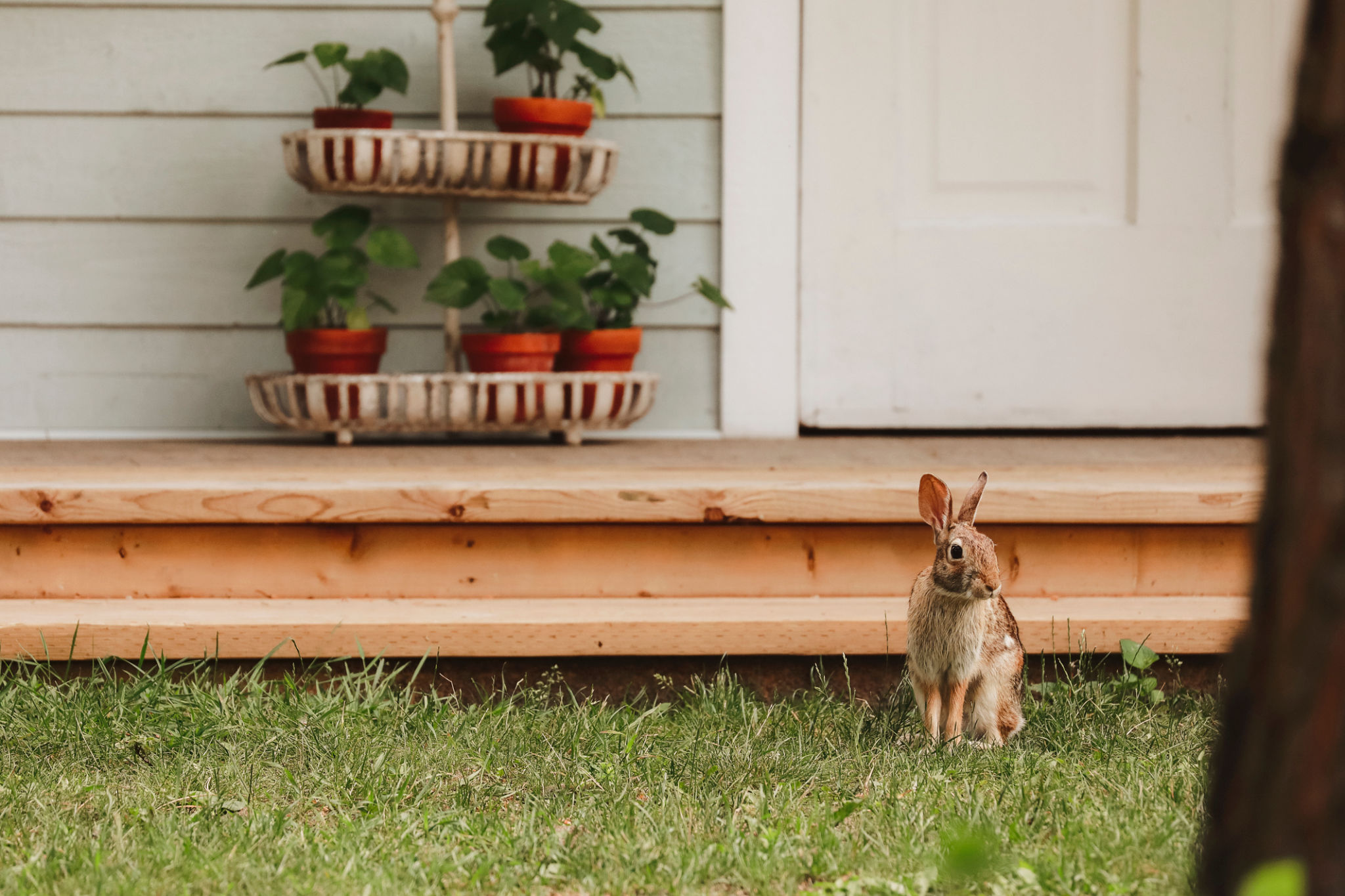Sustainable Landscaping Practices for Hillsboro Homeowners
Understanding Sustainable Landscaping
For Hillsboro homeowners, sustainable landscaping is not just a trend—it's a commitment to preserving the natural beauty and ecological balance of the area. By embracing these practices, you can create a beautiful garden that conserves resources and supports local wildlife. Sustainable landscaping involves using native plants, conserving water, and maintaining healthy soil, all of which contribute to a more resilient and environmentally friendly yard.

Choosing Native Plants
One of the most effective sustainable landscaping practices is incorporating native plants into your garden. Native plants are adapted to the local climate and soil conditions, requiring less water and maintenance than non-native species. They also provide habitat and food for local wildlife, including pollinators like bees and butterflies. Some popular native plants for Hillsboro include Oregon grape, red-flowering currant, and Douglas fir.
Water Conservation Strategies
Water is a precious resource, and conserving it is crucial in sustainable landscaping. Installing a rainwater harvesting system can help capture and reuse rainwater for irrigation. Consider using drip irrigation systems to deliver water directly to plant roots, minimizing evaporation and runoff. Additionally, applying mulch around plants can help retain soil moisture and reduce the need for frequent watering.

Soil Health and Composting
Maintaining healthy soil is essential for sustainable landscaping. Healthy soil supports plant growth and helps retain water, reducing the need for chemical fertilizers. Composting is an excellent way to improve soil health by adding organic matter. By composting kitchen scraps and yard waste, you can create nutrient-rich compost that enhances soil structure and fertility.
Pest Management with Integrated Pest Management (IPM)
Pest management is a critical aspect of sustainable landscaping. Integrated Pest Management (IPM) is an approach that combines biological, cultural, and mechanical methods to manage pests with minimal environmental impact. Encouraging natural predators like ladybugs and birds can help control pest populations naturally. Regularly inspecting plants for pest damage allows you to address issues before they become severe.

Reducing Lawn Size
Traditional lawns require significant amounts of water, fertilizer, and maintenance. Reducing the size of your lawn or replacing it with ground cover plants can significantly reduce your landscaping's environmental impact. Ground cover plants like creeping thyme or clover are low-maintenance alternatives that require less water and provide habitat for beneficial insects.
Creating Wildlife Habitats
Sustainable landscapes support local wildlife by providing food, shelter, and water sources. Adding bird feeders, bird baths, and nesting boxes can attract birds to your garden. Planting a variety of flowering plants ensures a continuous supply of nectar for pollinators throughout the growing season. Creating a small pond or water feature can also support amphibians and other wildlife.

Benefits of Sustainable Landscaping
By adopting sustainable landscaping practices, Hillsboro homeowners can enjoy numerous benefits. These include reduced water bills, lower maintenance costs, and increased property value. Additionally, a sustainable landscape contributes positively to the environment by reducing pollution, conserving resources, and supporting biodiversity. Embracing these practices is not only beneficial for the environment but also enhances your quality of life.